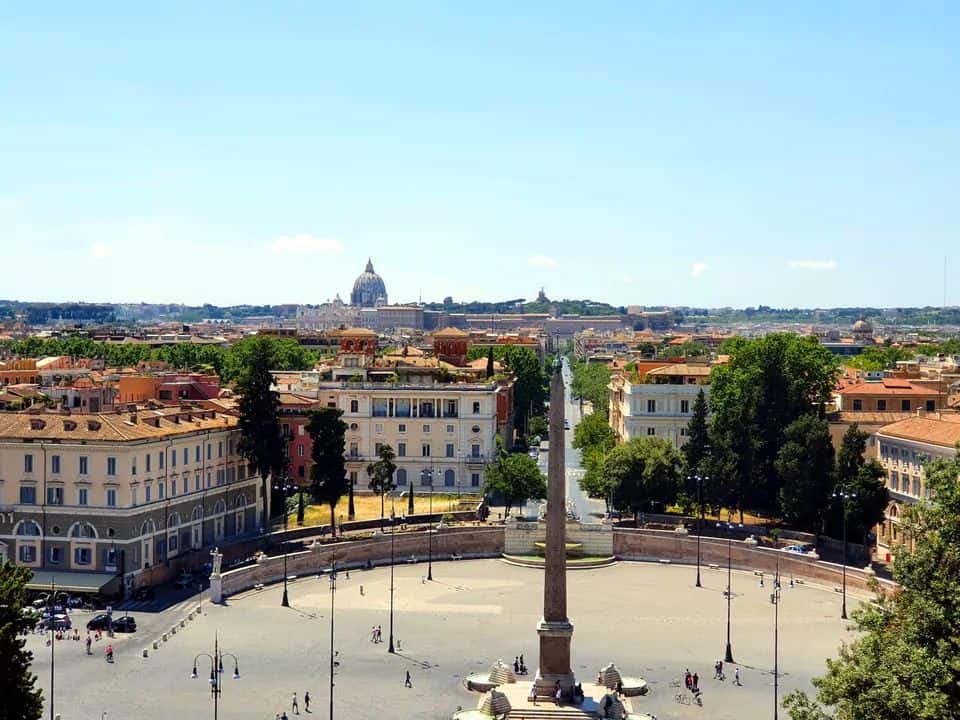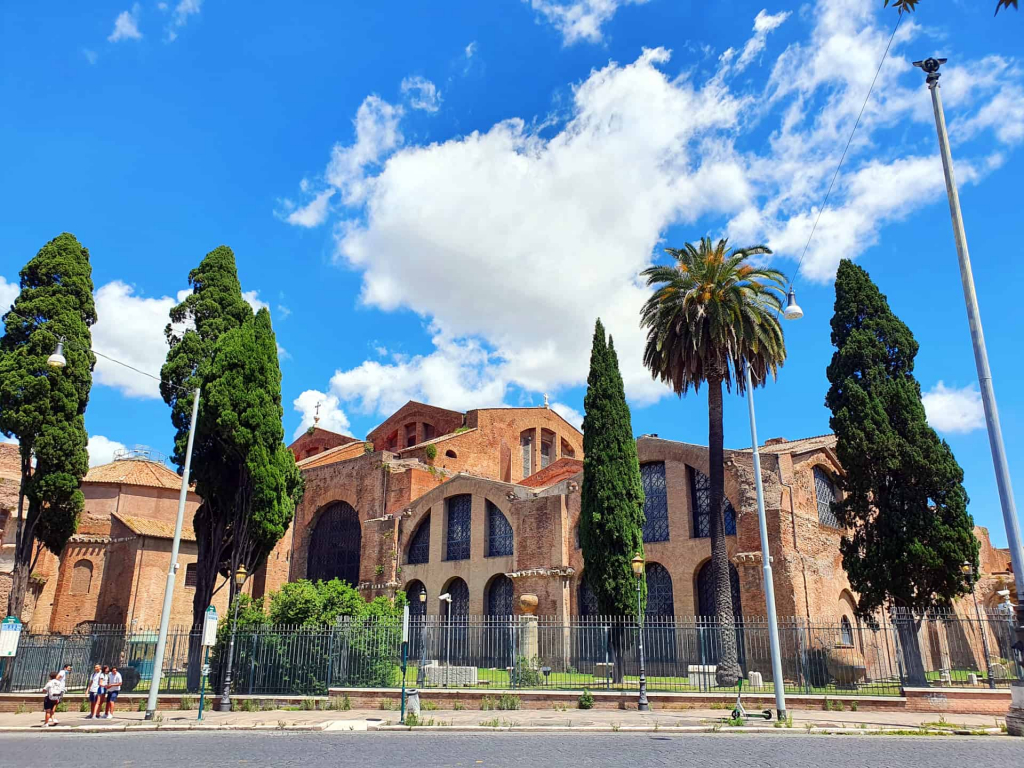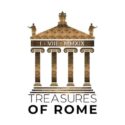
Piazza del Popolo
Located in the heart of Rome, Piazza del Popolo is a must-see destination for tourists. With its impressive obelisk, beautiful fountains, and stunning architecture, this historic square is a feast for the eyes. Whether you’re interested in history, art, or simply soaking up the atmosphere, this guide will help you make the most of your visit to Piazza del Popolo.
There are numerous theories for the origin of the name of Piazza del Popolo. Some derive it from the trees that were there, others from the fact that the square was financed with money from the Roman people. Most likely, however, the name derives from the church of Santa Maria del Popolo. From here begins Italy’s most important street, Via del Corso. It connects Piazza del Popolo with Piazza Venezia.
The Piazza del Popolo, also called Tridente, is one of the biggest squares in Rome. The square is arranged in perfect symmetry. In the centre of the plaza, an over 3200 years old, 24 m high Egyptian obelisk is enthroned. Therewith it is the second biggest and second oldest obelisk of Rome. It was completed by Pharao Ramses II in 1200 B.C. and erected in Heliopolis. Then it was brought to Rome by Emperor Augustus around 10 B.C. and erected in the Circus Maximus. In 1589 Pope Sixtus V had the obelisk placed in the Piazza del Popolo. It is the first obelisk that was brought from Egypt to Rome.
The current design goes back to Giuseppe Valadier at the beginning of the 19th century. Possibly inspired by Bernini’s Saint Peter’s Square, the square is rounded by two semicircles. On the eastern side is the Fountain of the Roma with the river deities Tiber and Aniene. On the opposite side is the Fountain of Neptune, surrounded by two tritons. Around the base of the obelisk rest four water-spouting lions in Egyptian style.
The Porta del Popolo, was built in the 16th century by Pope Pius IV, in the style of a Roman triumphal arch. It is decorated with statues of the saints Peter and Paul and the Medici coat of arms. On the occasion of the arrival of Queen Christina of Sweden in Rome in 1655, Bernini added the solemn inscription. The inscription reads “Felici faustoque ingressui MDCLV” and means “For a happy and auspicious entrance”. All travelers and pilgrims from the north entered the city through this city gate.
The twin churches of Santa Maria in Montesanto and Santa Maria dei Miracoli were built in the 17th century and were designed by Carlo Rainaldi. Through an optical illusion, the churches appear symmetrical when viewed from Piazza del Popolo. However, the bases and domes of the churches are different. Santa Maria in Montesanto is oval, while Santa Maria the Miracoli is round.
The present church of Santa Maria del Popolo is one of the most outstanding churches in the city and was built in the 15th century under Pope Sixtus IV. It contains works by Raphael (Chigi Chapel), Bernini (Chigi Chapel), Caravaggio (Cerasi Chapel) and Pinturicchio (Della Rovere Chapel). The high altarpiece is said to have been painted by Luke the Evangelist. Martin Luther stayed in this church during his stay in Rome. The church was built to drive away the demons and evil spirits that haunted the cursed tomb of Emperor Nero.
During the 18th and 19th century public executions took place here. Those sentenced to death were often beaten to death with hammers.
One of the highlights of visiting Piazza del Popolo is the opportunity to take in the breathtaking views of Rome from the Pincio Terrace. Located at the top of the Pincian Hill, the terrace offers panoramic views of the city and is a popular spot for tourists and locals alike.

Piazza del Popolo (Rome)

Treasures of Rome – Rome Guided Tours
Roberto Alois Lautenschlager Kung
[email protected]
Partita IVA: 17002181000
“ROMA AETERNA EST”
Rome is eternal – (Albius Tibullus)






